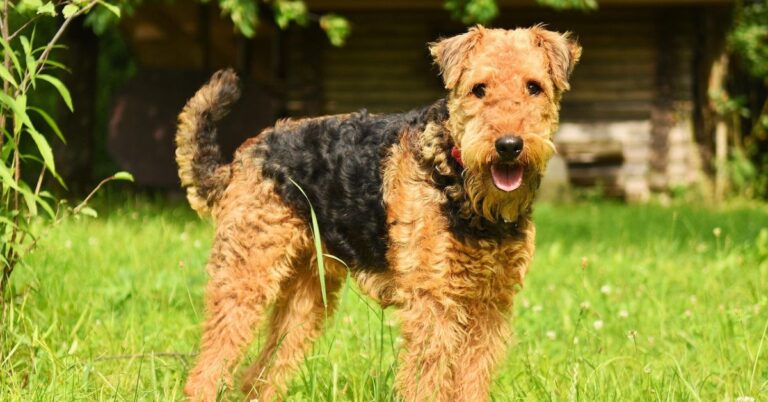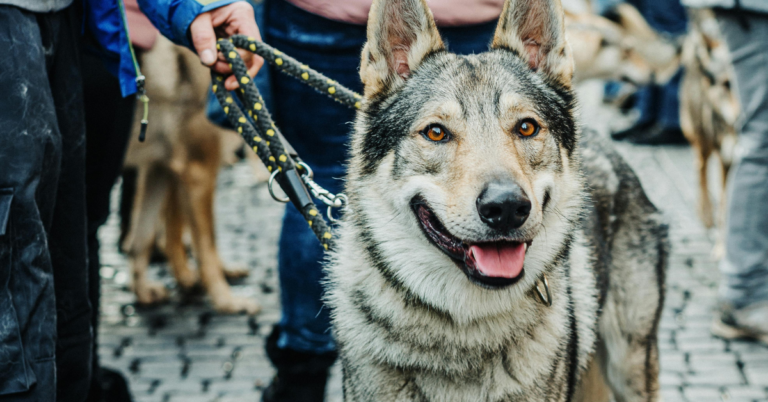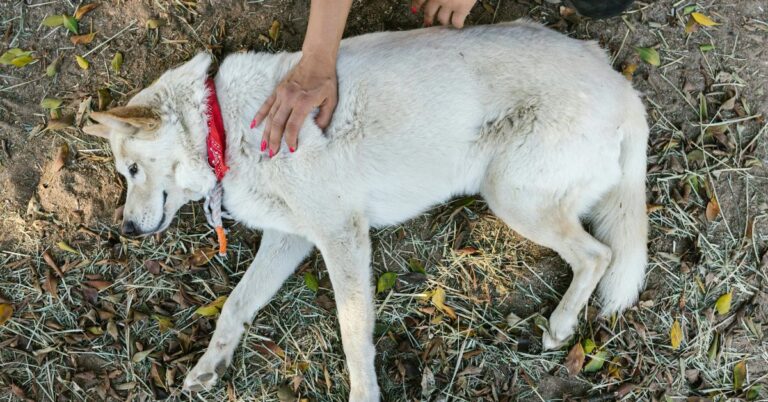20 Strategies for Managing “Big Dog Syndrome” in Small Breeds
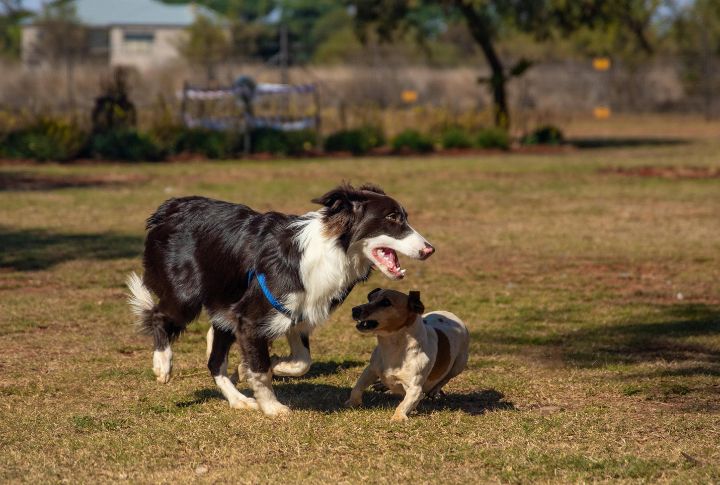
“Big Dog Syndrome” might seem like a cute quirk, but for many small dogs, this behavior stems from genuine anxiety or a need to establish control in situations where they feel vulnerable. Small dogs often bark or display assertive behavior around larger dogs, which can create stressful situations. Here are 20 practical strategies to help curb these behaviors.
Identify Your Dog’s Triggers
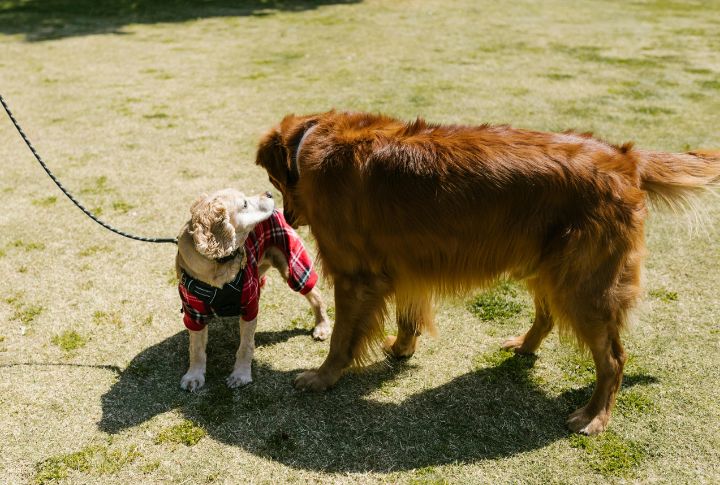
The “Big Dog Syndrome” often appears as dominant or defensive behavior around larger dogs. Observe your dog closely to understand specific triggers—these could be certain dogs, noises, or situations that make them feel small or threatened. By identifying these patterns, you can work to desensitize your dog over time.
Begin Socialization Early

Early socialization with a variety of dogs, particularly gentle, calm ones, is vital to prevent the syndrome. Puppies who grow up around larger dogs learn social cues that prevent reactive behavior. Set up playdates with well-behaved, non-aggressive dogs, allowing your small dog to adapt comfortably. Socialization also helps build resilience.
Reinforce Calm Behavior
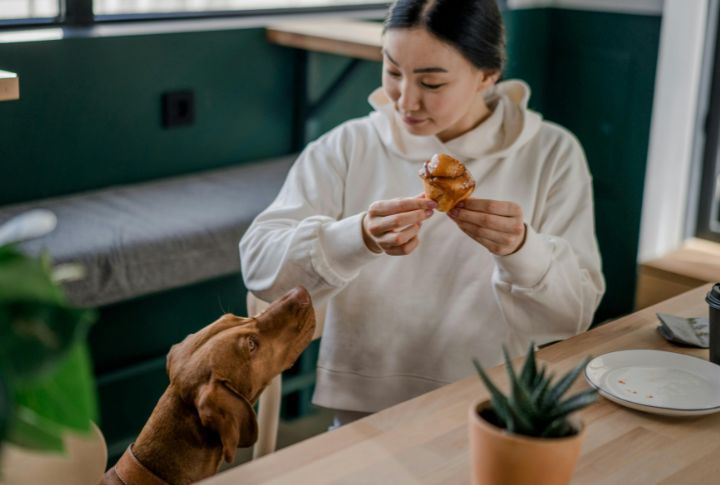
Positive reinforcement strengthens desired behaviors. For instance, if your dog reacts calmly in the presence of a bigger dog, reward them with a favorite treat or affection. Avoid using treats as bribery; instead, use them to encourage and reinforce a calm response. Over time, your dog will associate calmness around larger dogs with rewards.
Teach Essential Commands
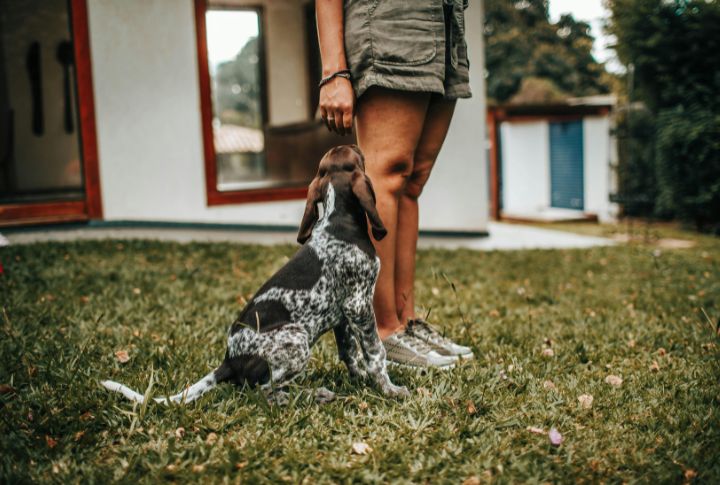
Commands like “sit,” “stay,” and “leave it” are indispensable for dogs prone to “Big Dog Syndrome.” Practicing these regularly helps you gain control in tense situations, as they give your dog a structured task to focus on. Gradually incorporate these commands in distracting environments to ensure your dog’s obedience holds under pressure.
Avoid Reinforcing Aggressive Behavior
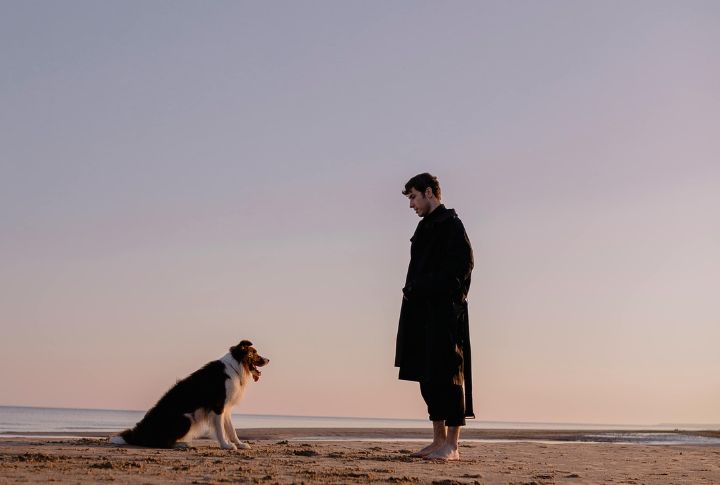
It’s easy to unintentionally reinforce “Big Dog Syndrome” by laughing or petting your dog when they bark at bigger dogs. This response teaches your dog that such behavior is acceptable. Instead, calmly interrupt any aggressive behavior with a soft “uh-uh” and then redirect their attention to a toy or a treat to reinforce non-aggressive actions.
Incorporate Structured Walks
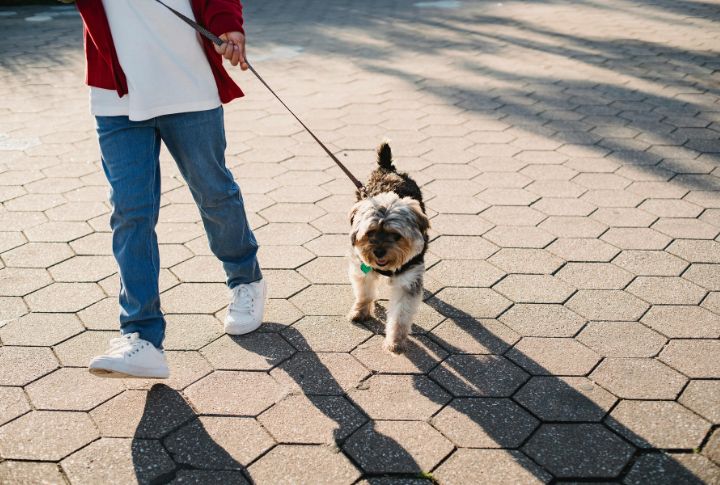
Structured walks—where you control the pace and direction—can calm an anxious or reactive small dog. A structured walk allows you to control your dog’s focus, preventing hyper-alertness or unnecessary confrontation with other dogs. Keep the leash short but relaxed, which encourages them to stay near you.
Limit High Places to Avoid Dominance
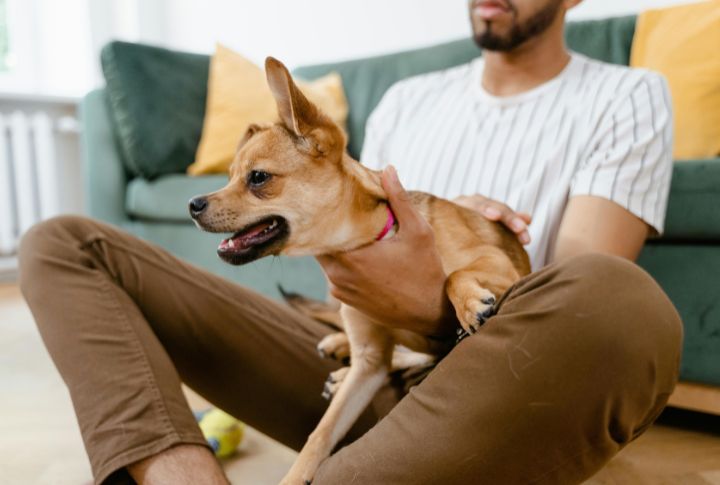
Dogs often feel more dominant from higher vantage points. Keeping your small dog on ground level when interacting with larger dogs reduces this perception of height-induced confidence. Set rules around furniture, so they learn boundaries and don’t feel the need to challenge larger dogs they encounter to make space for themselves.
Use Neutral Locations for Introductions
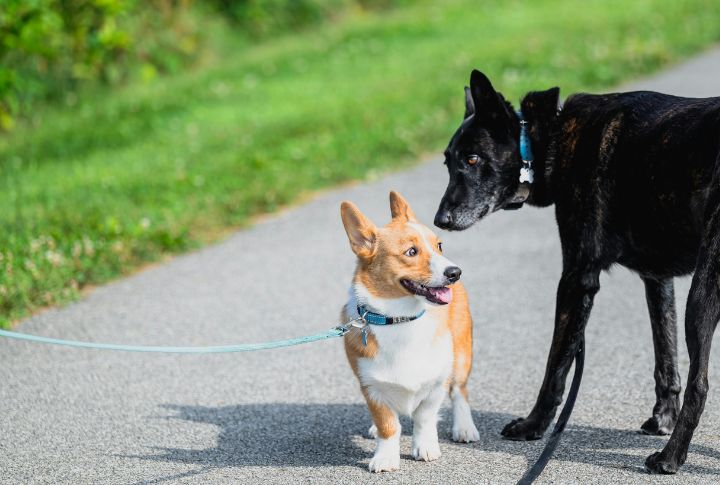
Meeting new dogs on neutral ground minimizes territorial feelings. Start at a distance and gradually let your small dog approach the larger dog if they seem relaxed. This controlled exposure prevents them from feeling overwhelmed or defensive, helping create a calm environment where they feel less need to assert themselves.
Supervise Play Closely to Ensure Safety

Playtime is beneficial but should be monitored carefully. Even if your small dog’s dominant behavior seems harmless, unchecked play can lead to over-excitement or aggression. Step in if play becomes rough and redirect with a command or toy. Controlled play teaches boundaries and helps prevent confrontational behavior from becoming a habit.
Set Boundaries With Food and Toys
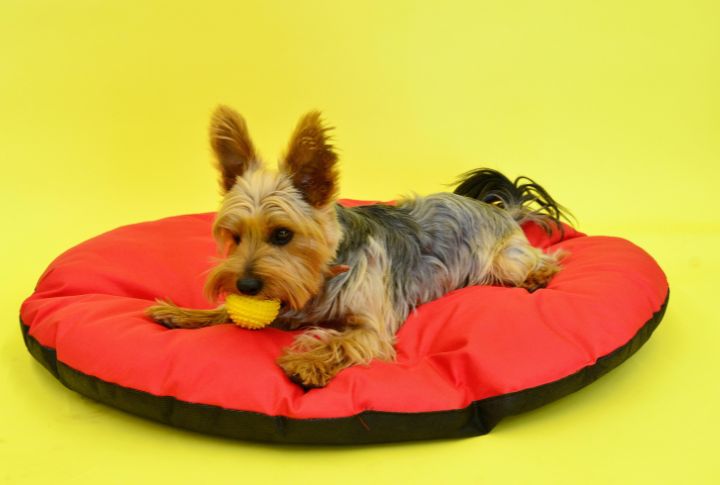
Resource guarding, a common trait in dogs with this syndrome, can lead to defensive behavior around other dogs. To reduce territorial behavior, work on training them to “drop it” or “leave it” with food or toys. Practicing this with trusted dogs initially reinforces that sharing resources is safe, lowering their defensive tendencies over time.
Avoid Over-Protection
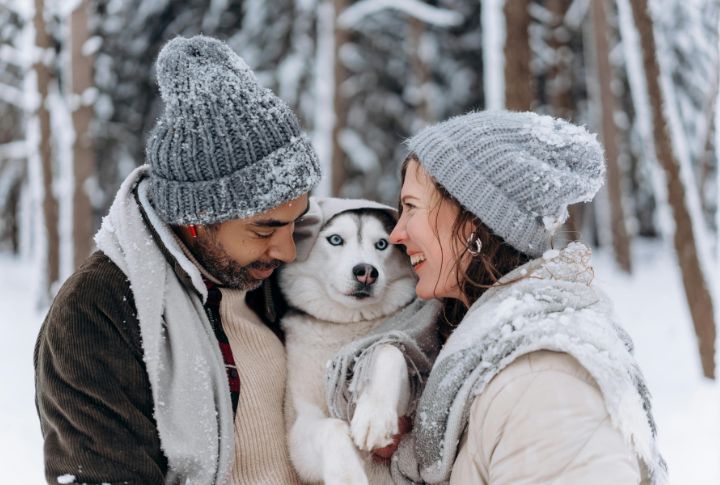
Picking up or overly protecting a small dog during encounters with bigger dogs can reinforce anxiety, as they’ll interpret your behavior as confirmation of a peril. Instead, keep calm and let your dog assess the situation without intervention. By projecting calmness, you’ll communicate that they are safe to allow them to develop confidence independently.
Establish Clear Leadership
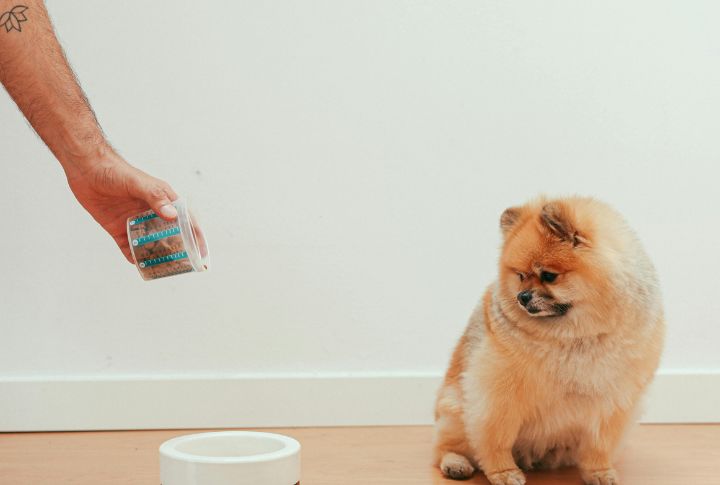
Dogs look to their humans for leadership. Consistent rules and routines give them structure, helping them feel secure without needing to assert dominance. Simple actions, like making them wait for food or guiding them through doors, reinforce your position as the leader. Leadership from you allows them to relax and follow your guidance.
Use Redirection Techniques
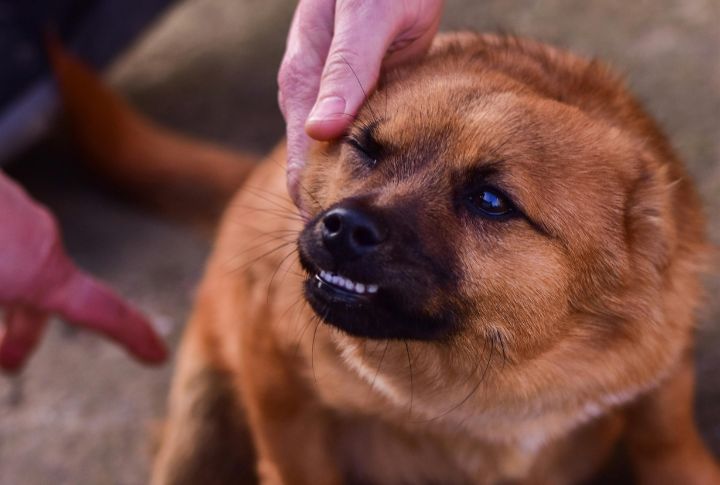
If your small dog lunges or barks at a bigger dog, try to redirect their focus immediately. Using their name or a favorite toy will help them focus on you rather than on reacting to the other dog. Over time, the habit of looking at you in high-stress situations will be established and help reduce their impulse to react aggressively.
Encourage Calmness Before Interactions
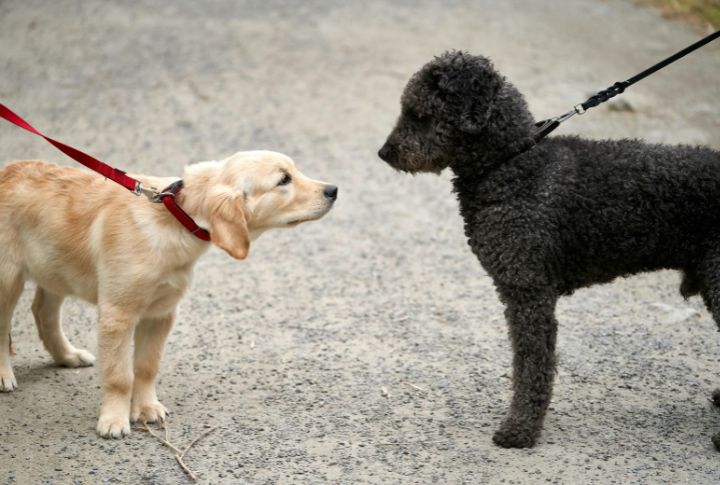
Encourage your dog to sit down before meeting a new dog. Practice calmness on command to help regulate their emotional state, which makes them less likely to engage in dominant behavior. This calm start sets a positive tone, showing your dog that new encounters are normal, not situations where they need to assert themselves.
Practice Gradual Desensitization
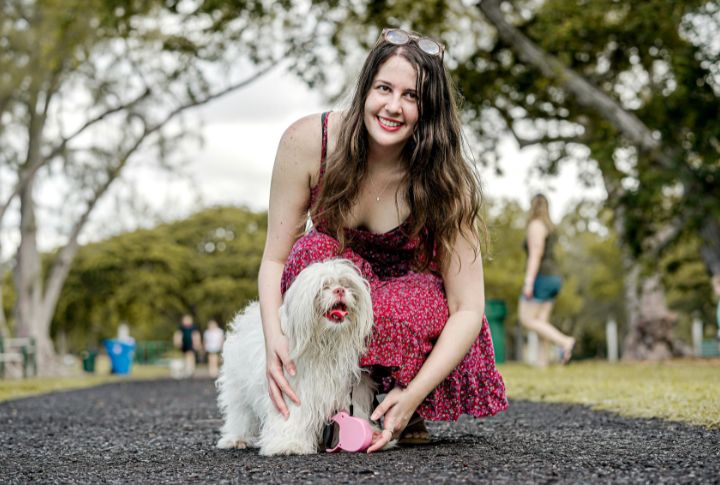
Desensitization involves exposing your dog to larger dogs from a safe distance, gradually reducing the distance over time as your dog stays calm. Gradually starting in safe, controlled situations builds their confidence and teaches them that big dogs aren’t always a threat. Such a technique requires patience, but the results can significantly reduce reactivity.
Maintain Consistent Behavior Standards
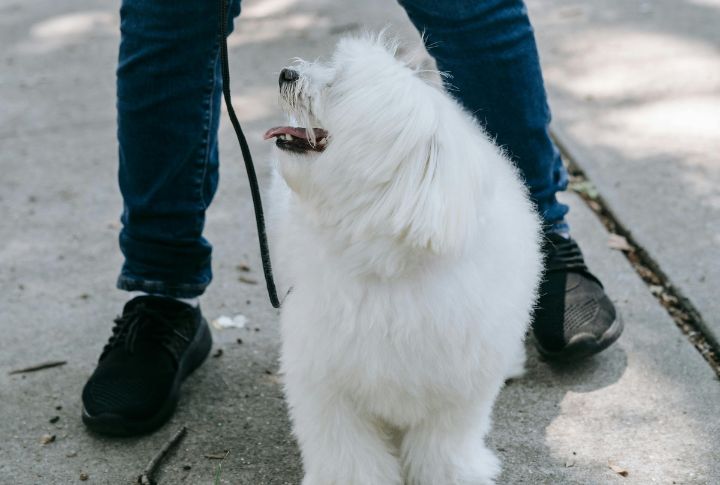
While it’s tempting to let small dogs get away with things, enforcing good behavior consistently prevents “Big Dog Syndrome.” Treat your small dog with the same behavioral standards you’d have for a larger one, rewarding calmness and confidence while discouraging aggressive posturing. Maintaining these standards instills discipline and respect.
Provide Mental Stimulation
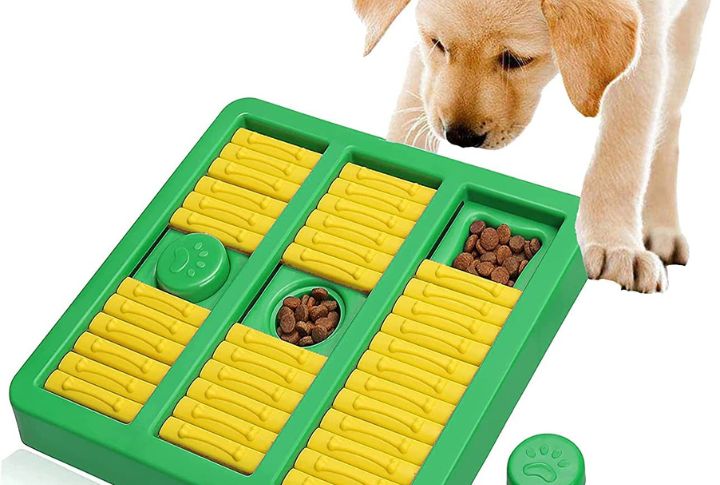
Mental stimulation, such as puzzles and scent games, reduces your dog’s anxiety and keeps them engaged. Mental activity helps expend energy that might otherwise go toward aggressive or dominant behavior. Regular mental exercises also encourage problem-solving skills and can make your dog more adaptable and less reactive.
Arrange Regular Positive Interactions
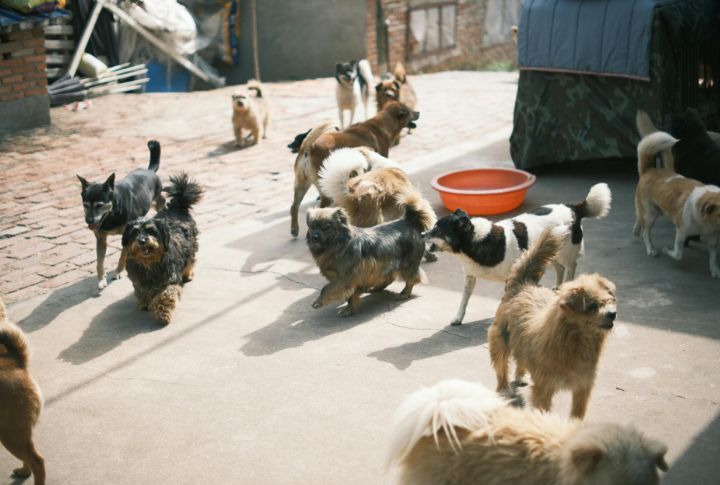
Positive, controlled social experiences with larger dogs can help your dog see them as friends rather than perils. Make sure these interactions are with well-mannered dogs, gradually increasing the time spent together. Regular, non-stressful encounters improve social skills, which lowers the chance of confrontational behavior in the future.
Keep Your Body Language Relaxed
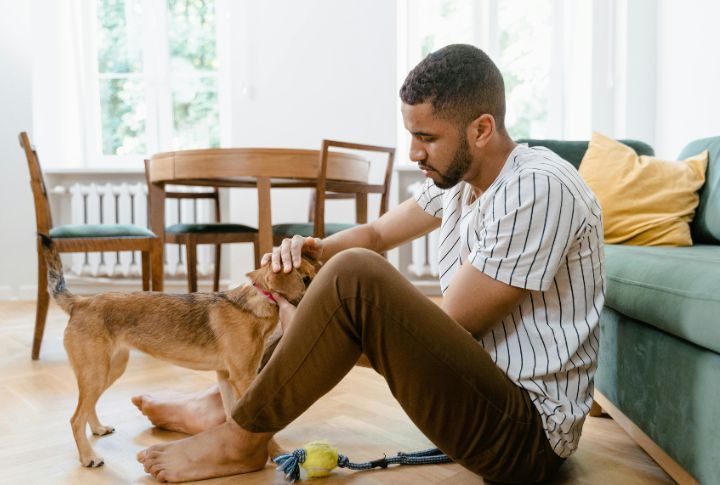
Dogs sense their owner’s energy, and tense body language can signal to your dog that there’s something to fear. Try to stay calm, with loose shoulders around other dogs. Avoid pulling on the leash suddenly, as it may heighten the anxiety. Calm body language from you will model the behavior you want your dog to adopt.
Practice Patience and Consistency
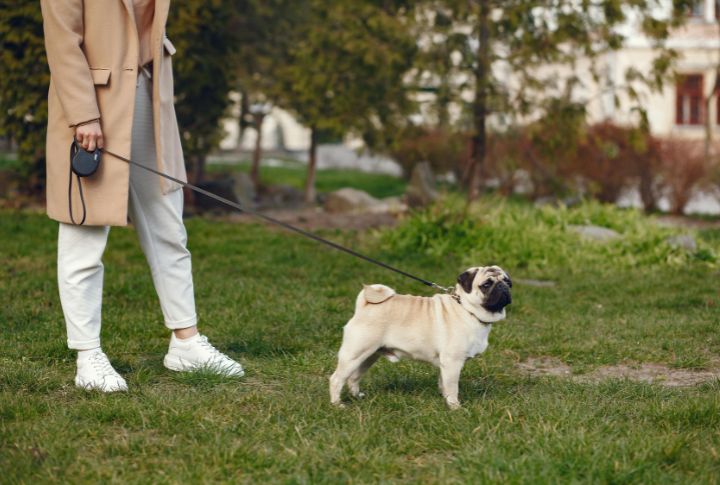
Behavioral change takes time and effort. Patience and consistency are essential as you work to transform their behavior. Celebrate small wins, such as staying calm in one encounter, and stay dedicated through any setbacks. Your consistent guidance will teach your small dog that they don’t need to act big to feel secure.

